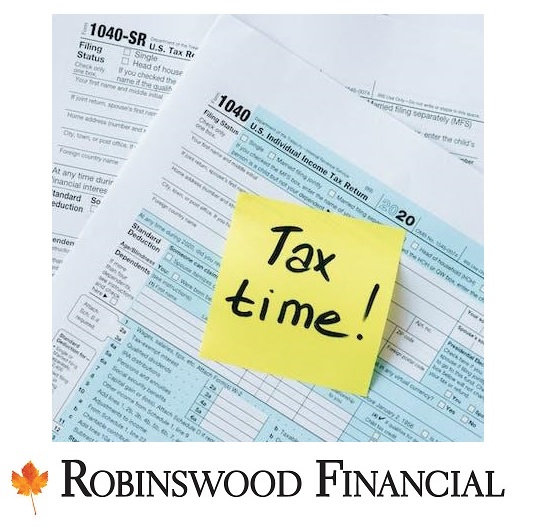Minimizing Lifetime Taxes with Roth Conversions in Early Retirement
One of the most important decisions you can make in early retirement is how to optimize your tax situation. If you have a mix of pre-tax and post-tax accounts, such as traditional and Roth IRAs, you may want to consider doing Roth conversions to minimize your lifetime taxes.
A Roth conversion is when you move money from a pre-tax account, such as a traditional IRA, to a post-tax account, such as a Roth IRA. You pay income tax on the amount you convert in the year you do it, but then you can withdraw the money tax-free in the future.
The benefit of doing Roth conversions in early retirement is that you can take advantage of your lower tax bracket when you have less income. For example, if you retire at 40 and plan to start taking Social Security at 70, you have 30 years of low income to fill up the lower tax brackets with Roth conversions. This way, you can avoid paying higher taxes later when you have more income from Social Security and required minimum distributions (RMDs) from your pre-tax accounts.
The optimal amount of Roth conversions depends on your personal situation, such as your spending needs, your expected income sources, and your tax rates. You may want to consult a tax professional or use a tax calculator to estimate the best strategy for you. However, some general rules of thumb are:
– Try to fill up the 10% and 12% tax brackets with Roth conversions every year, as these are relatively low rates that may not be available in the future.
– Avoid doing Roth conversions that push you into a higher tax bracket or trigger other taxes, such as the net investment income tax (NIIT) or the Medicare surtax.
– Consider doing Roth conversions up to the standard deduction amount if you have no other taxable income, as this will effectively make the conversion tax-free.
– Be mindful of the impact of Roth conversions on your eligibility for tax credits and deductions, such as the premium tax credit (PTC) for health insurance or the saver’s credit for retirement contributions.
– Plan ahead for the five-year rule, which requires you to wait five years after a Roth conversion before you can withdraw the earnings tax-free.
By doing Roth conversions in early retirement, you can potentially save thousands of dollars in taxes over your lifetime. You can also enjoy more flexibility and control over your income and withdrawals in
retirement. However, Roth conversions are not for everyone, and they involve some trade-offs and risks. You should carefully weigh the pros and cons with your financial advisor or visit us at Robinswood before making any decisions.

